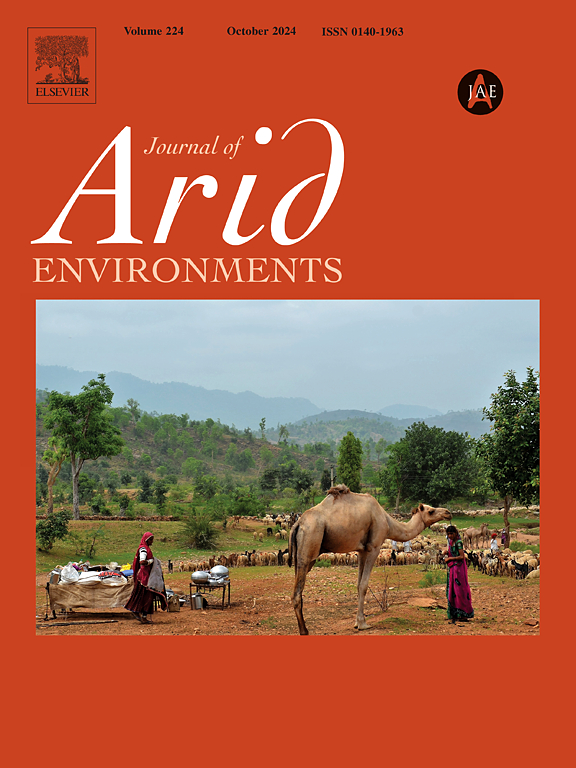新石器时代生产石珠的技术方法:纳哈勒-赫马尔洞穴遗物分析的启示
IF 2.6
3区 环境科学与生态学
Q2 ECOLOGY
引用次数: 0
摘要
通过分析以色列南部纳哈勒-海玛尔洞穴的石珠组合,我们重建了陶器前新石器时代 B(公元前 9900-9400 年)工匠所使用的技术。分析强调了三个相互关联的主要方面:广泛使用原材料、根据矿物的类型和机械性能生产珠子,以及将珠子制成适合特定用途的类型。通过扫描电子显微镜-电子显微镜分析鉴定了原材料,有一次还使用了便携式 XRF。11 种矿物显示了广泛的地理来源。对显微磨损模式的使用磨损分析表明,生产程序的应用表明对矿物特性的熟悉程度,包括磨损和抛光策略以及钻孔和粘合的选择性方法。结果表明,珠子的生产遵循决策过程,而决策过程取决于石头的特性和用于处理石头的工具所施加的限制。本文章由计算机程序翻译,如有差异,请以英文原文为准。
A Neolithic technological approach to the production of stone beads: Insights from the analysis of the Nahal Hemar cave assemblage
The stone beads assemblage of Nahal Hemar Cave, southern Israel, was analyzed to reconstruct the technology applied by artisans during the Pre-Pottery Neolithic B (9900–9400 BP). The analysis highlights three main inter-related aspects: broad range of raw materials used, bead production in accordance with types and mechanical properties of the minerals, and fashioning of beads into types suitable for specific use. Raw materials were identified with SEM-EDS analyses, and in one instance by using portable XRF. Eleven minerals indicate a vast geographical range of sources. Use-wear analysis of microscopic wear patterns revealed the application of production procedures that indicate an intimate acquaintance with the properties of the minerals, including abrasion and polishing strategies and selective methods of drilling and binding. It is shown that bead production followed decision-making processes dependent upon constraints imposed by the properties of the stone and by the tools used for manipulating them.
求助全文
通过发布文献求助,成功后即可免费获取论文全文。
去求助
来源期刊

Journal of Arid Environments
环境科学-环境科学
CiteScore
5.70
自引率
3.70%
发文量
144
审稿时长
55 days
期刊介绍:
The Journal of Arid Environments is an international journal publishing original scientific and technical research articles on physical, biological and cultural aspects of arid, semi-arid, and desert environments. As a forum of multi-disciplinary and interdisciplinary dialogue it addresses research on all aspects of arid environments and their past, present and future use.
 求助内容:
求助内容: 应助结果提醒方式:
应助结果提醒方式:


